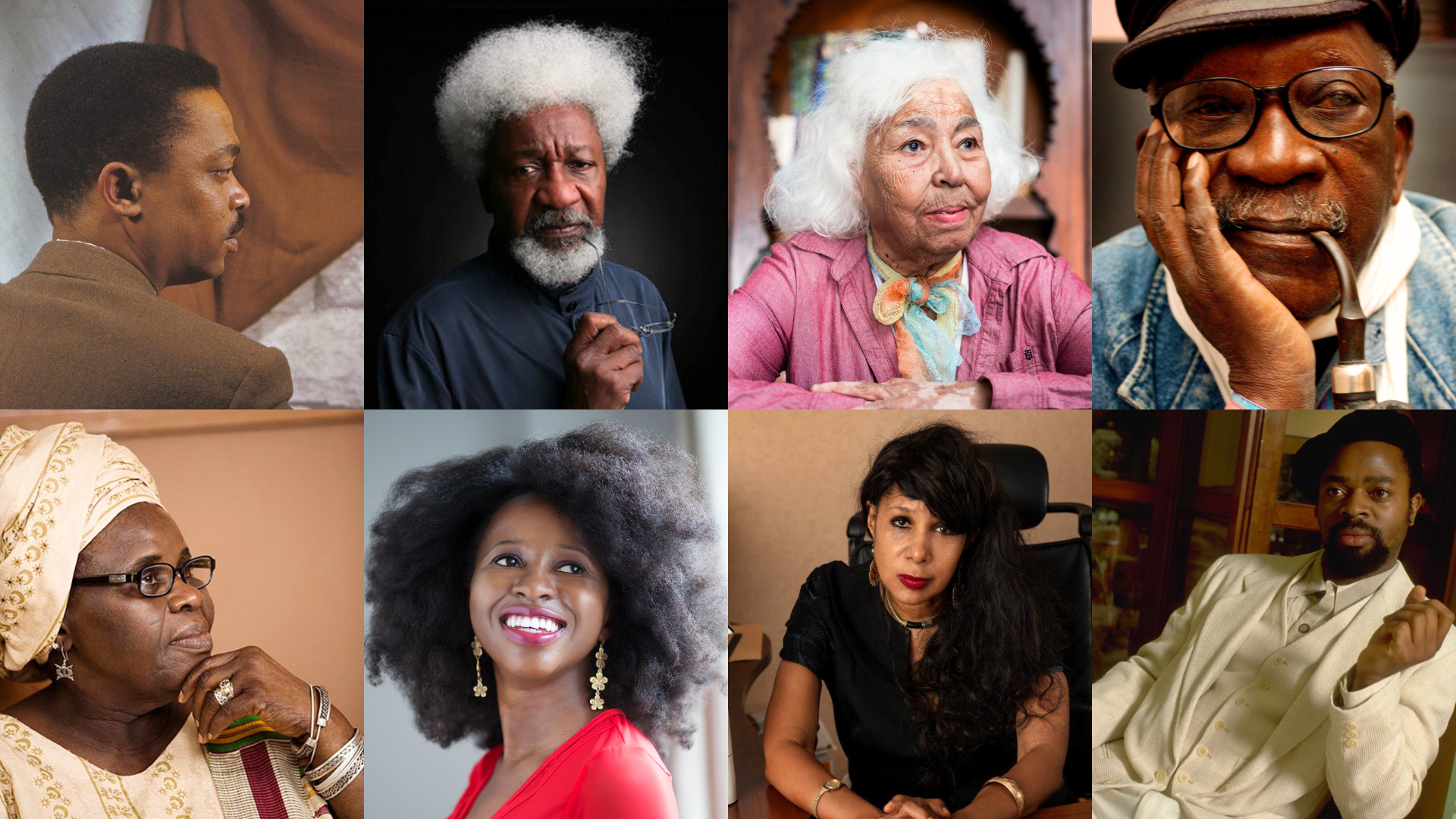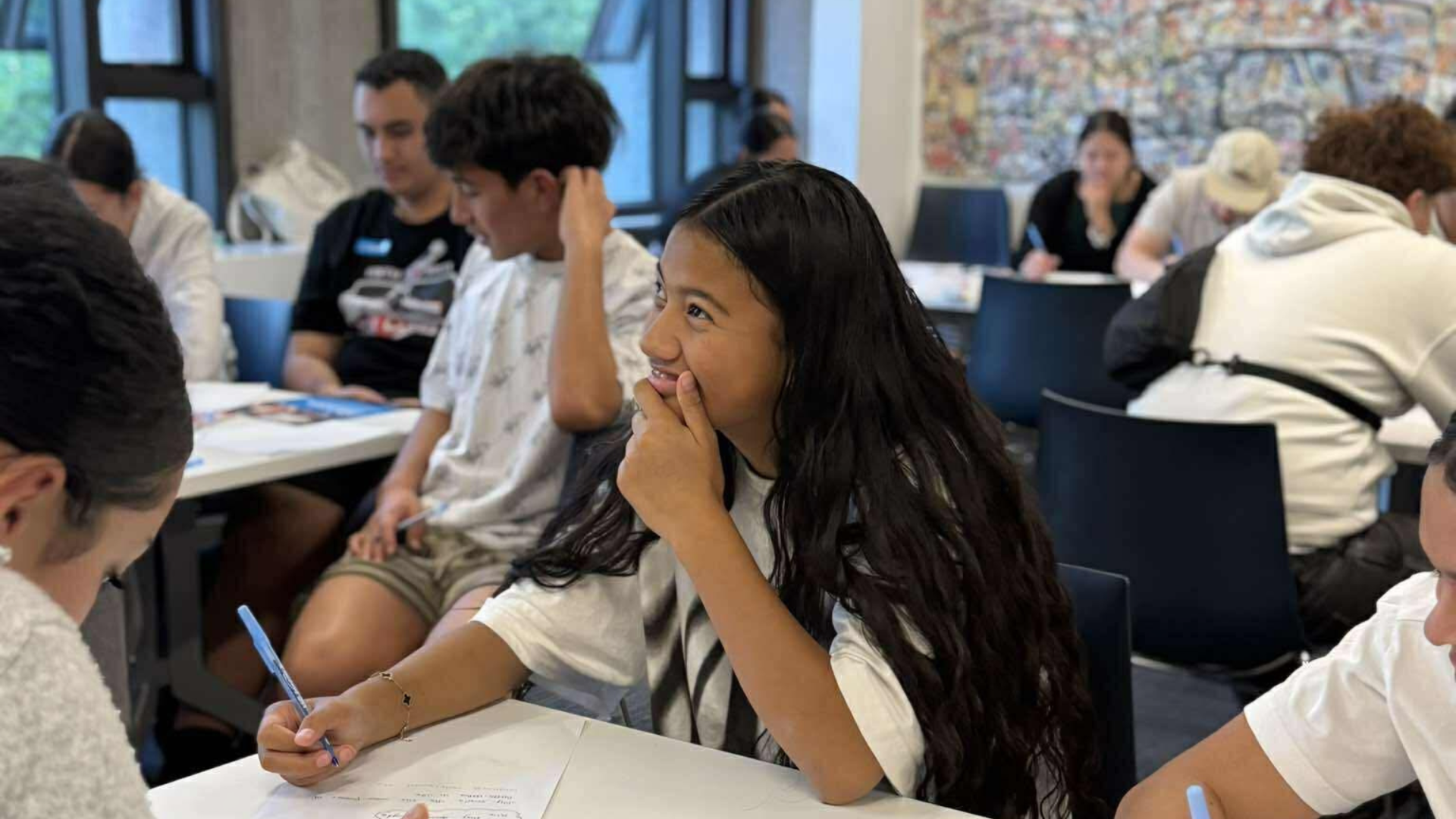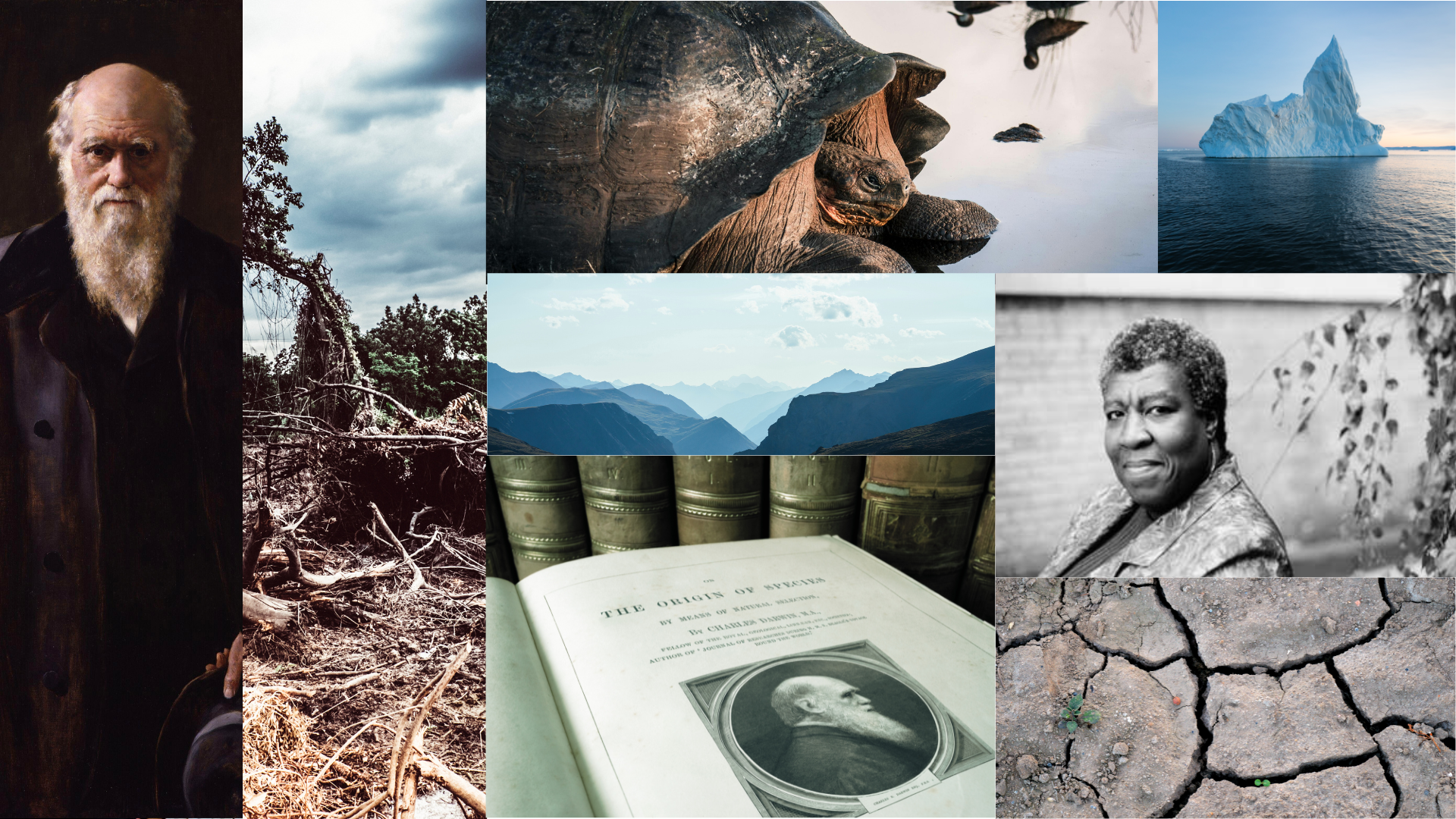Senior Honours Seminar – Research
Term: 2
W, 9:00 – 11:00
This seminar course will seek to discover how the characteristic forms, attitudes and energies of popular festival culture in Renaissance England serve to inform and sustain a critique of the aristocracy issued from within the commercial theatres of Tudor and Stuart London. The mimus, the mystery play, the Feast of Fools, boundary-walking, mumming, wild men, harvest funerals, the hunting of the Wren, Robin Hood and other folk plays, Interludes, Saints’ days, the Lord of Misrule, bonfires, Maypoles, the Totentanz, jigs, ballads, mock-marriages, Skimmington riding, Morris dances and village processions all form a part of popular festivity in England. Religious and secular festivals are generally localized, seasonal, and communal; they are rooted in ritual and tradition and thus possess a folk-centred authority supported by custom and centuries-old loyalties. Whether sacred or subversive, they are the property and often the voice of the common people. Elizabethan and Jacobean drama teems with diverse variations of these folk rituals and festival practices, among them variations of the Battle between Carnival and Lent. Over and beyond their religious significance, Lenten elements in drama and festival culture are frequently associated with aristocratic values and with repressive authority imposed from above, hostile to popular dreams of liberty and social equality. In the Stuart drama in particular, the monarchy, the aristocracy, and even the established church come under attack by means of reconfigured festive tropes. Theatrical representations of the festive world articulate plebian dissent, and interrogate aristocratic prerogatives. They invoke carnal and comic energies to vie with the ascetic, the abstract, and the solemn. Festival themes and forms protest the disappearance of traditional life and the encroachment of the Age of Iron. However, despite a certain nostalgia occasionally attaching to them, these forms include within themselves modes of resistance and interrogation that are crucial to our attempts to grasp the larger picture of Renaissance cultural and political history.
Primary Texts:
Mankynde; The Wakefield Second Shepherd’s Play; Robin Hood and the Friar
William Shakespeare, A Midsummer Night’s Dream; King Lear; The Winter’s Tale
Ben Jonson, Bartholomew Fair
Thomas Middleton, Women Beware Women
Brief selections (online) from: Erasmus, The Praise of Folly; Processio Assinorum (sound recording); John Skelton, “The Tunning of Elinor Rumming”; François Rabelais, Gargantua and Pantagruel; Cervantes, Don Quixote. Paintings by Breughel the Elder.
Secondary Texts: Students will choose to read a selection of secondary texts from an assigned list, together with their own individually scouted research sources, and will give a brief report on one text to the class.
Assignments: one seminar paper (30%), one response paper to another student’s seminar (10%), a creative presentation in response to one of our texts or themes (5%), one fully researched term paper (40%), and one critical, evaluative report to the class on a scholarly text (15%).


